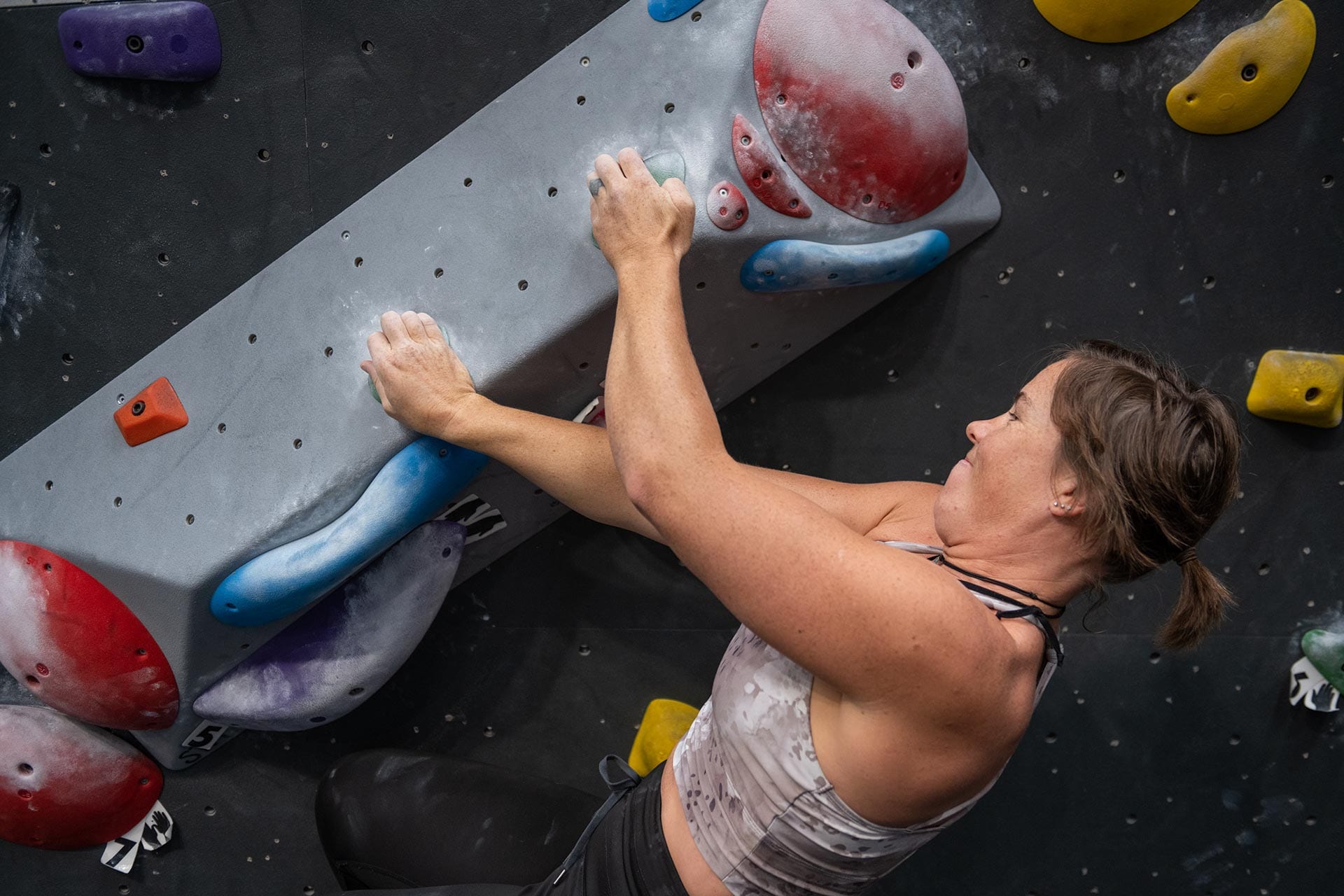
Your body is a crazy complex machine - and when you start to zoom in a little further and look at the ridiculous bundle of nerves that your brain uses to talk to the rest of the body, it gets even more complex. After all, the human body can have around 60km of nerves running through it! Nerves allow communication from the brain, to the rest of your body via the nerves, telling your muscles to move.
Nerves travel from your brain, down your spinal cord, through your arms and legs right down to your fingers and toes. Throughout their journey they travel through joints, muscles and soft tissue where they either tension or slacken through these sites as the body moves – not too dissimilar to a rope travelling through a series of quickdraws. With a rope travelling through quickdraws, if there is an obstruction (such as rough biner, drag, the rope running over rock, or even a knot), the rope won’t glide smoothly, causing issues that can worsen over time. Similarly, if the nerves don’t travel and ‘glide’ smoothly through their surrounding tissue, or they are sensitive to the movement, it can cause nerve-related pain.
Symptoms of neural irritation can range from pain in a localised area or down the length of a nerve, symptoms such as tingling or numbness, or sometimes symptoms of decreased strength. More specifically for climbers, you may find you are having trouble gripping onto holds, you may feel pain in your medial or lateral elbow when trying to grip, or pins and needles in your fingers during or after climbing.
Physios are able to perform specific movements and tests to identify a nerve issue, and are able to isolate and test the mobility of these nerves by moving your limbs in specific directions. If this reproduces your symptoms it may indicate that you have aggravated a nerve!
During climbing, you often need to get into very specific, and sometimes awkward positions, for sustained periods of time and under a fair bit of load. This tension of the nerve under load has the potential to aggravate these nerves a lot more than you think!
Since your elbows, wrist and forearms are so complex in their anatomy, it’s very easy for the untrained (i.e. not a physio) to think it’s symptoms of tennis elbow or climber/golfer’s elbow - otherwise known as lateral or medial tendinopathy. Without knowing what exactly the problem is, there’s a risk that you might be treating your injury wrong and perhaps making it worse.
Here are some examples of mobility techniques you can try to help improve the mobility of your nerves:
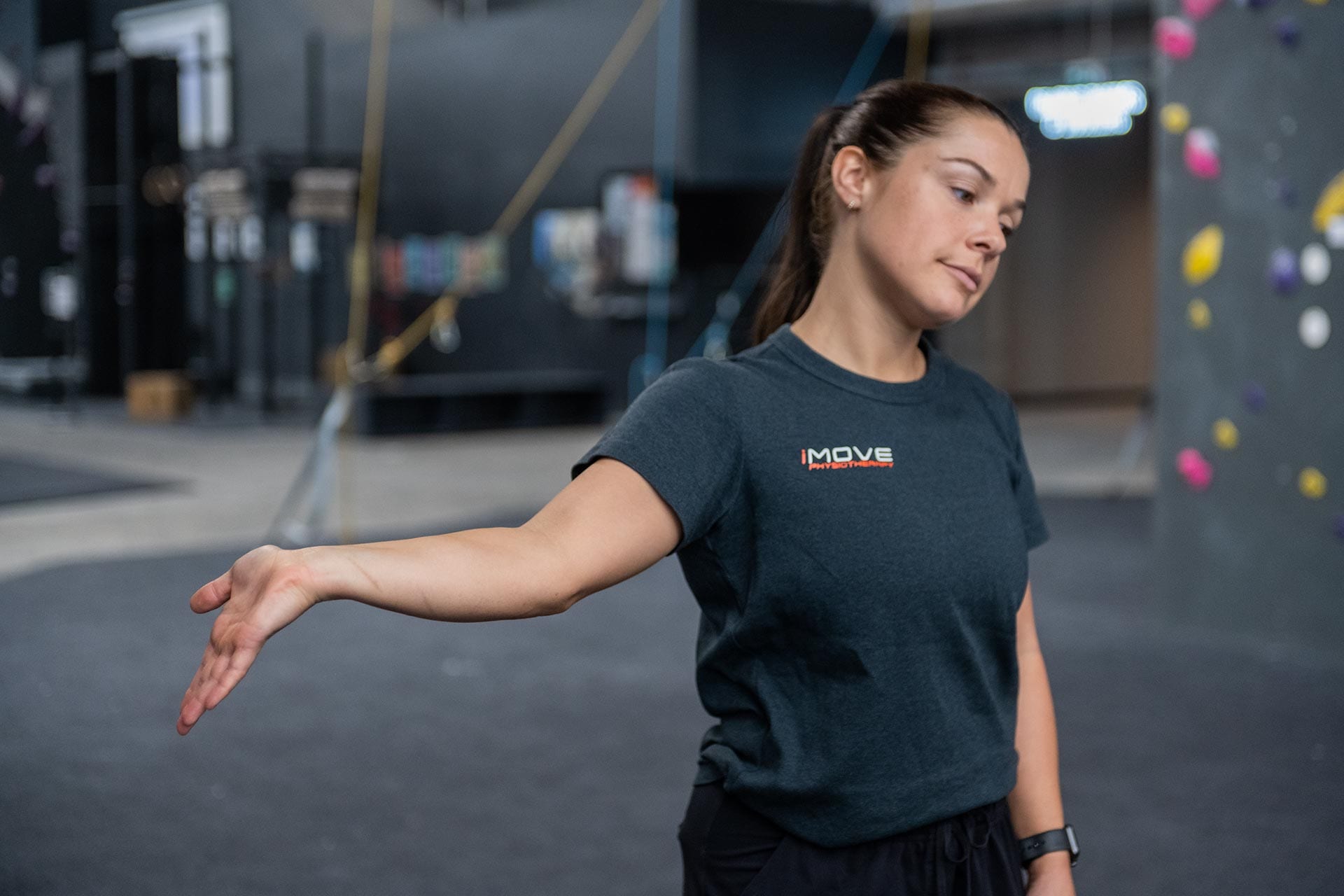
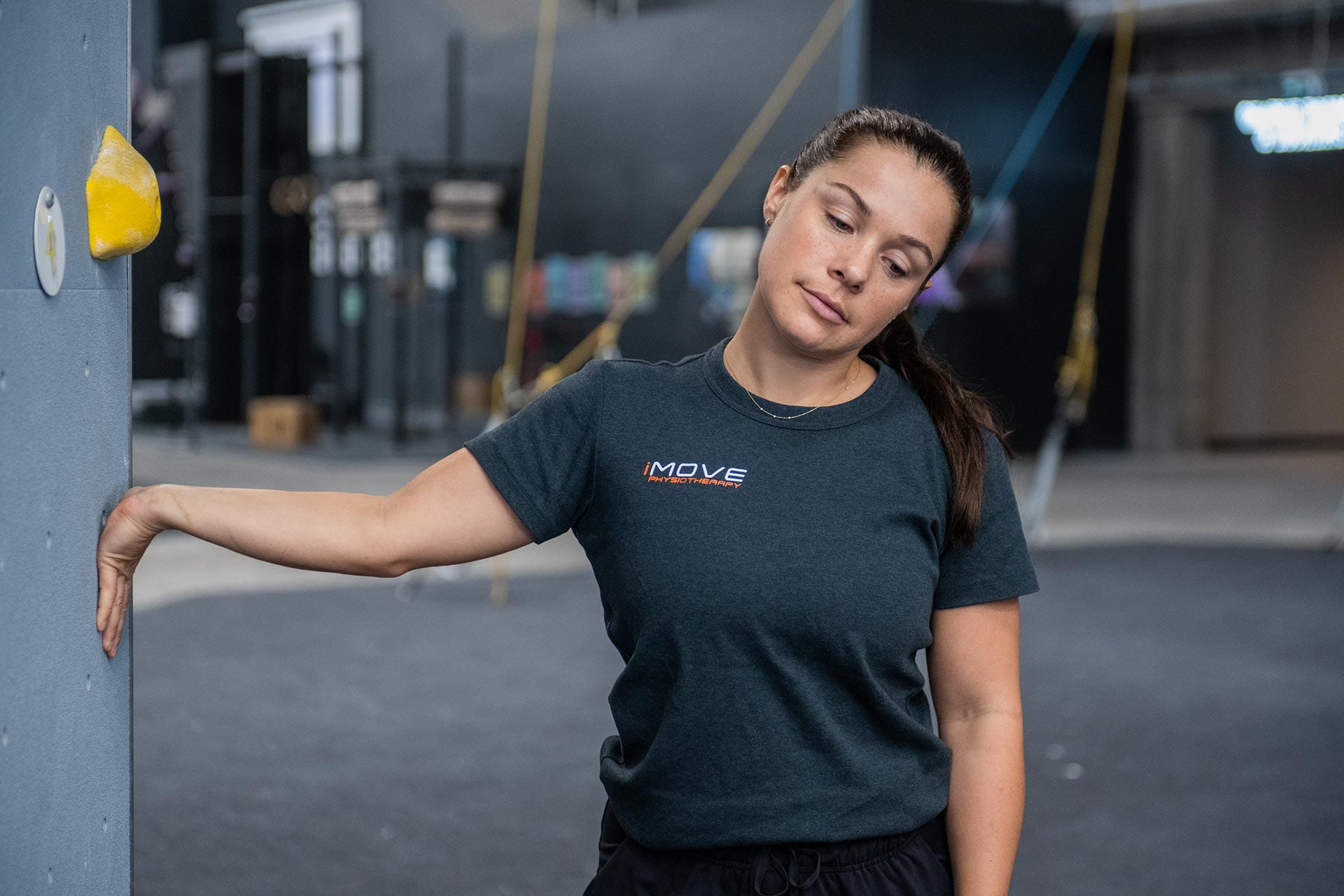
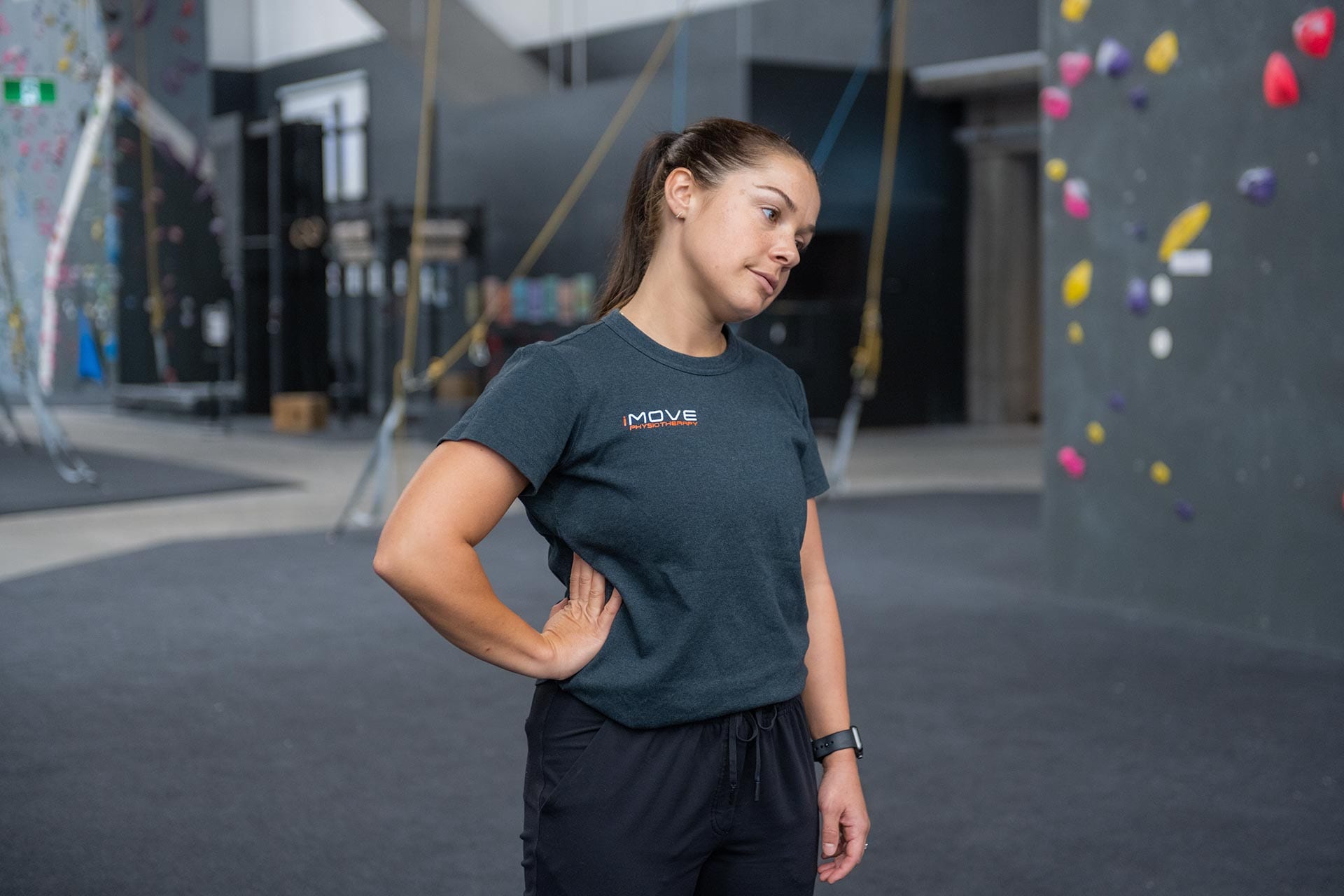
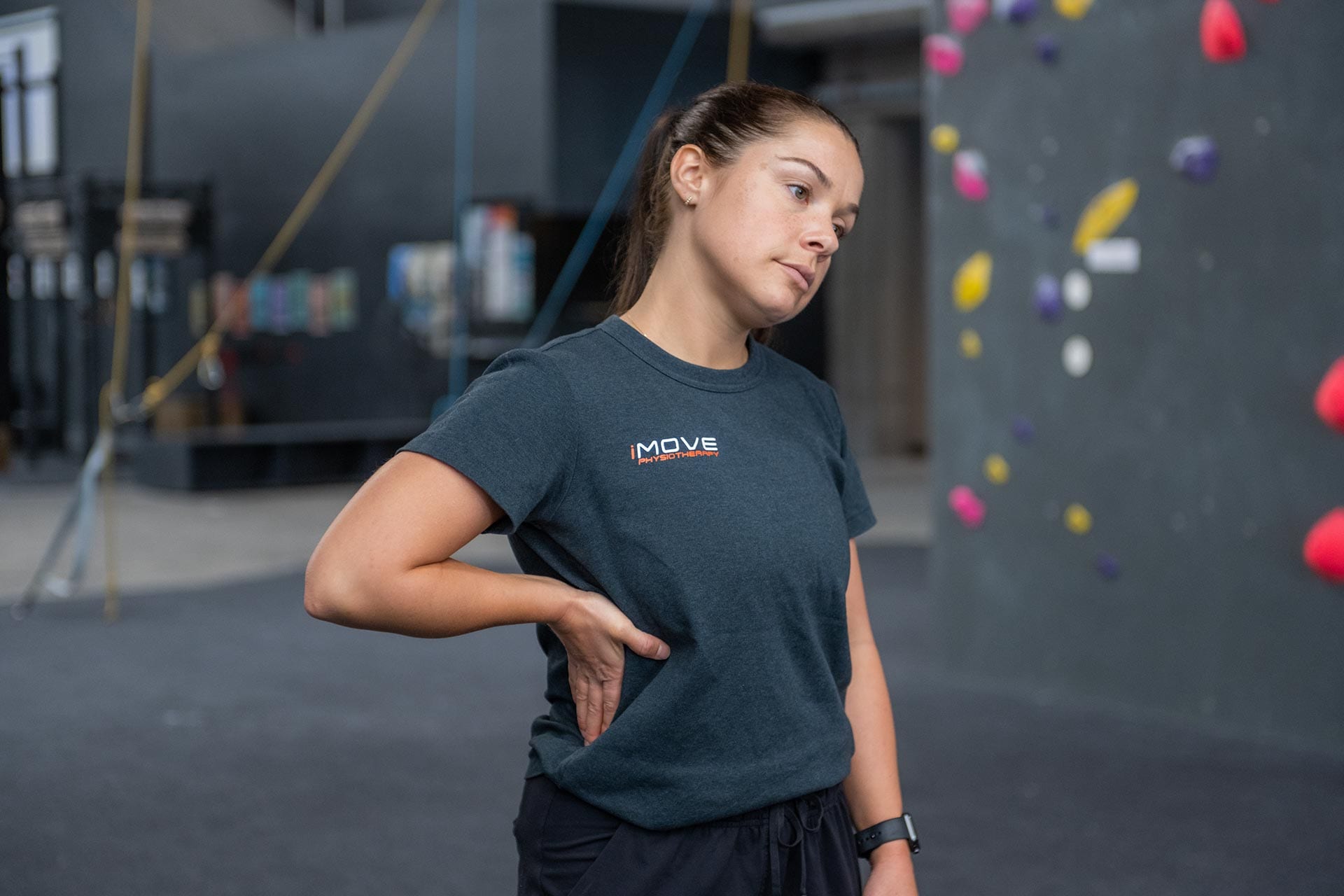
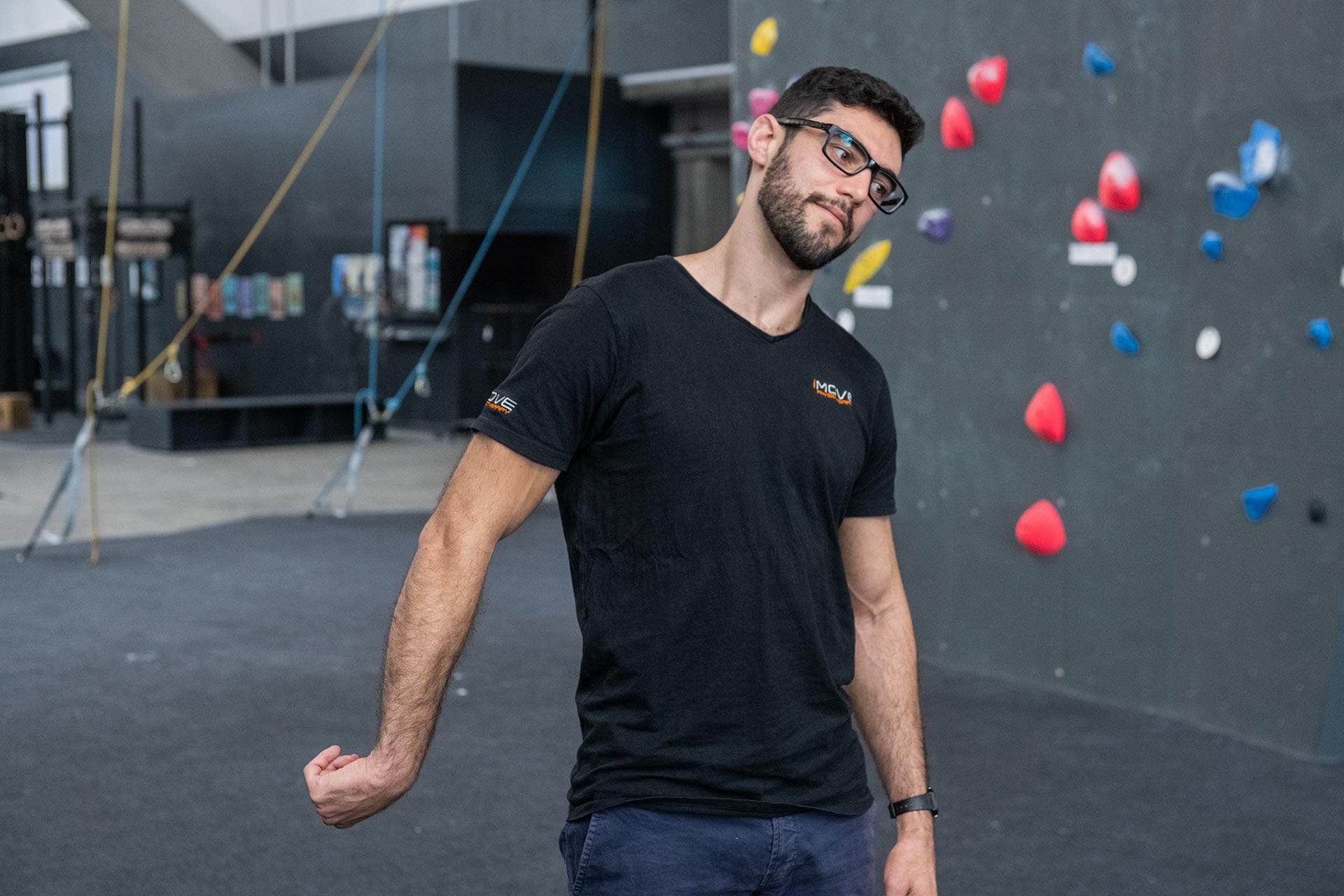
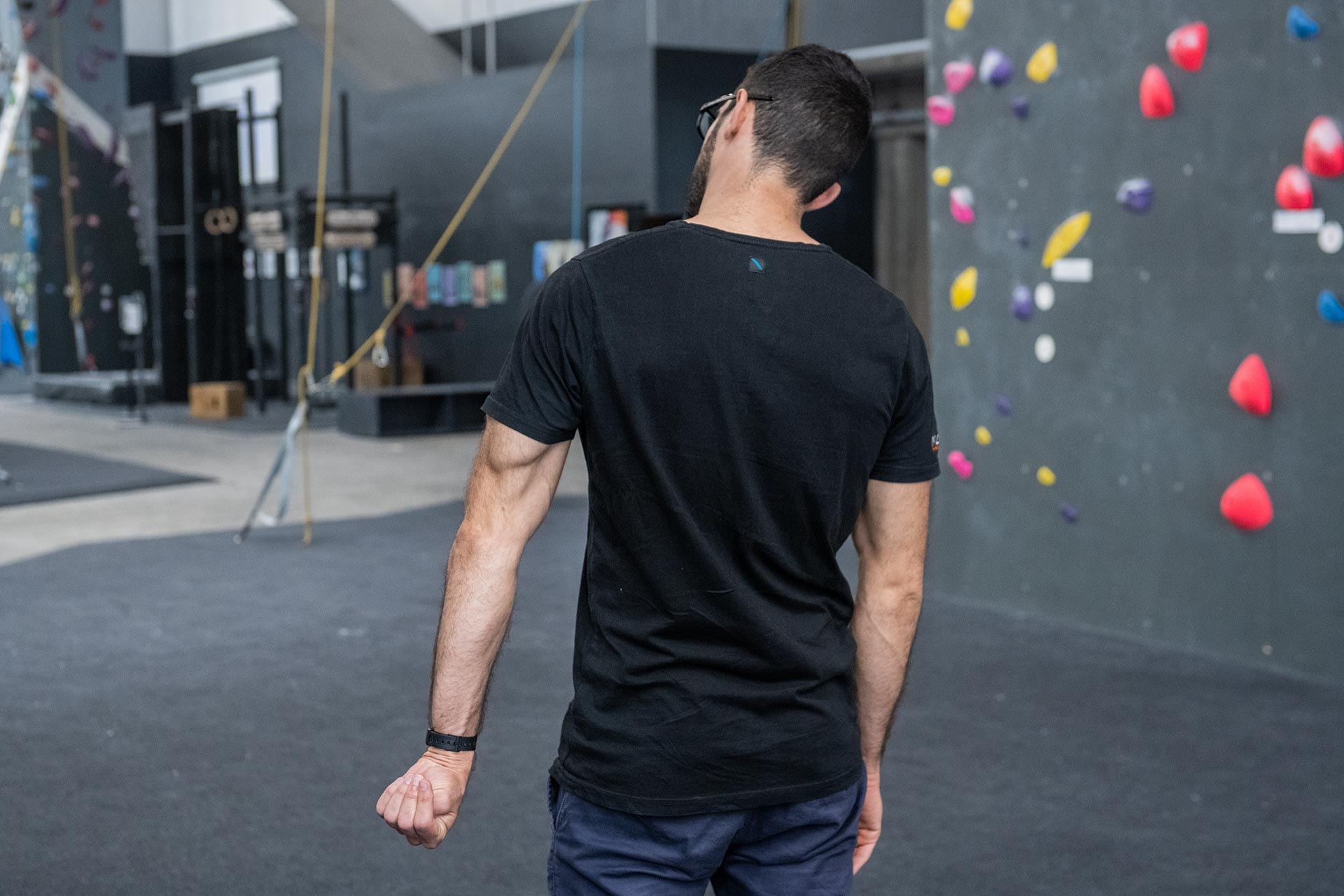
Thankfully, you are able to improve your nerve’s tolerance to tension or decrease its sensitivity to movement by performing specific nerve gliding and tensioning movements.
The three main nerves to be aware of are the Median, Radial and Ulnar Nerves. These run together from your Spinal Cord, then branch off in your shoulder as they head down through the arm, toward your fingertips.
These stretches should be moving and flowing, rather than a sustained hold as you would with a muscle stretch. For these exercises, keep your hand and arm position static, and slowly move your head side to side to tension and slacken the nerve.
If you suspect you have nerve pain, don’t hesitate in getting it checked out! As with many climbing injuries - they often start small and worsen over time. Chat to the folks at iMove to get onto it early!
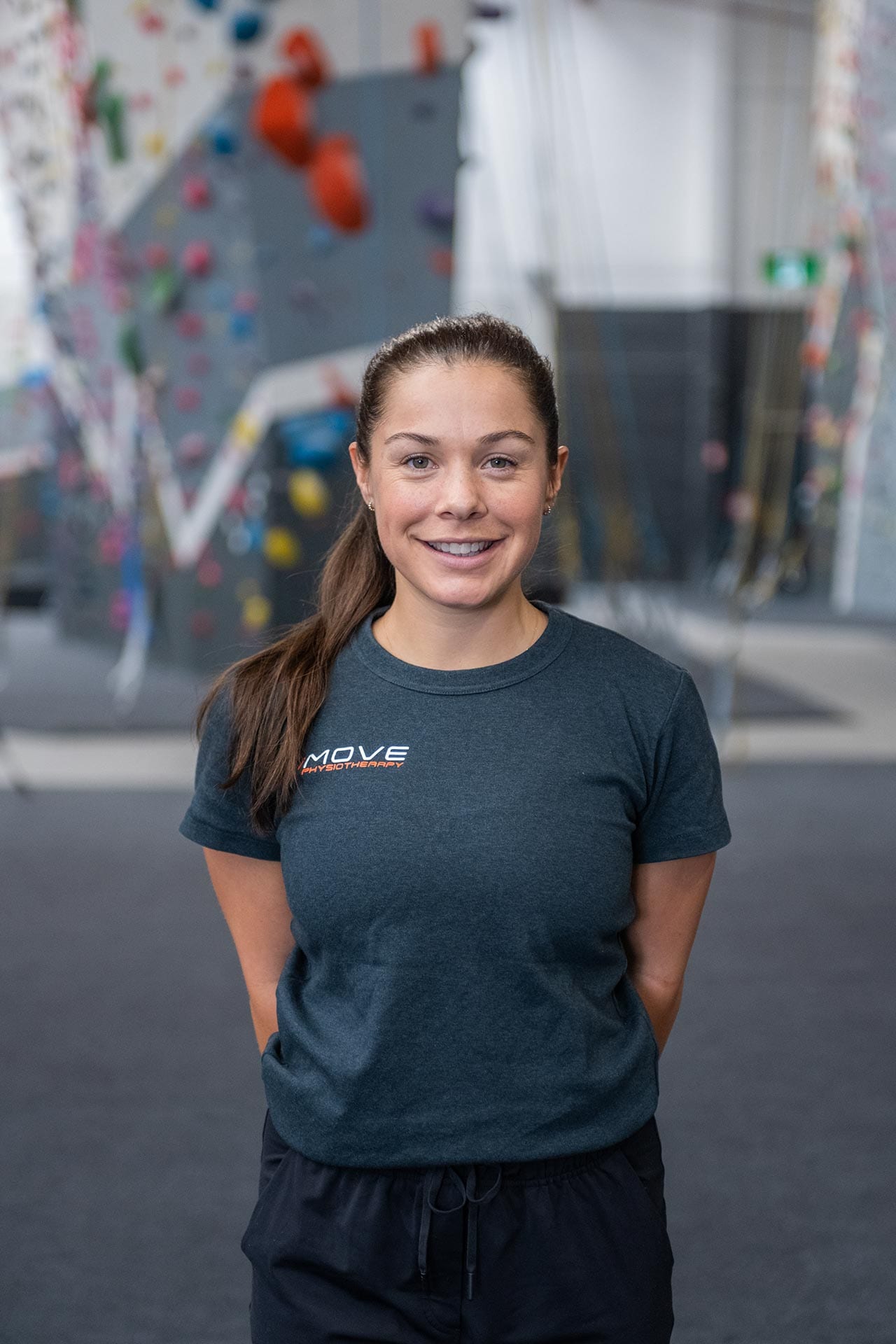
Emma Lyon - Miranda Physio
Emma is an experienced local physiotherapist at iMove Miranda. She has lived in the shire most of her life and has spent her physio career working here as well. If you are struggling with aches and pains or have recently suffered an injury Emma can help.
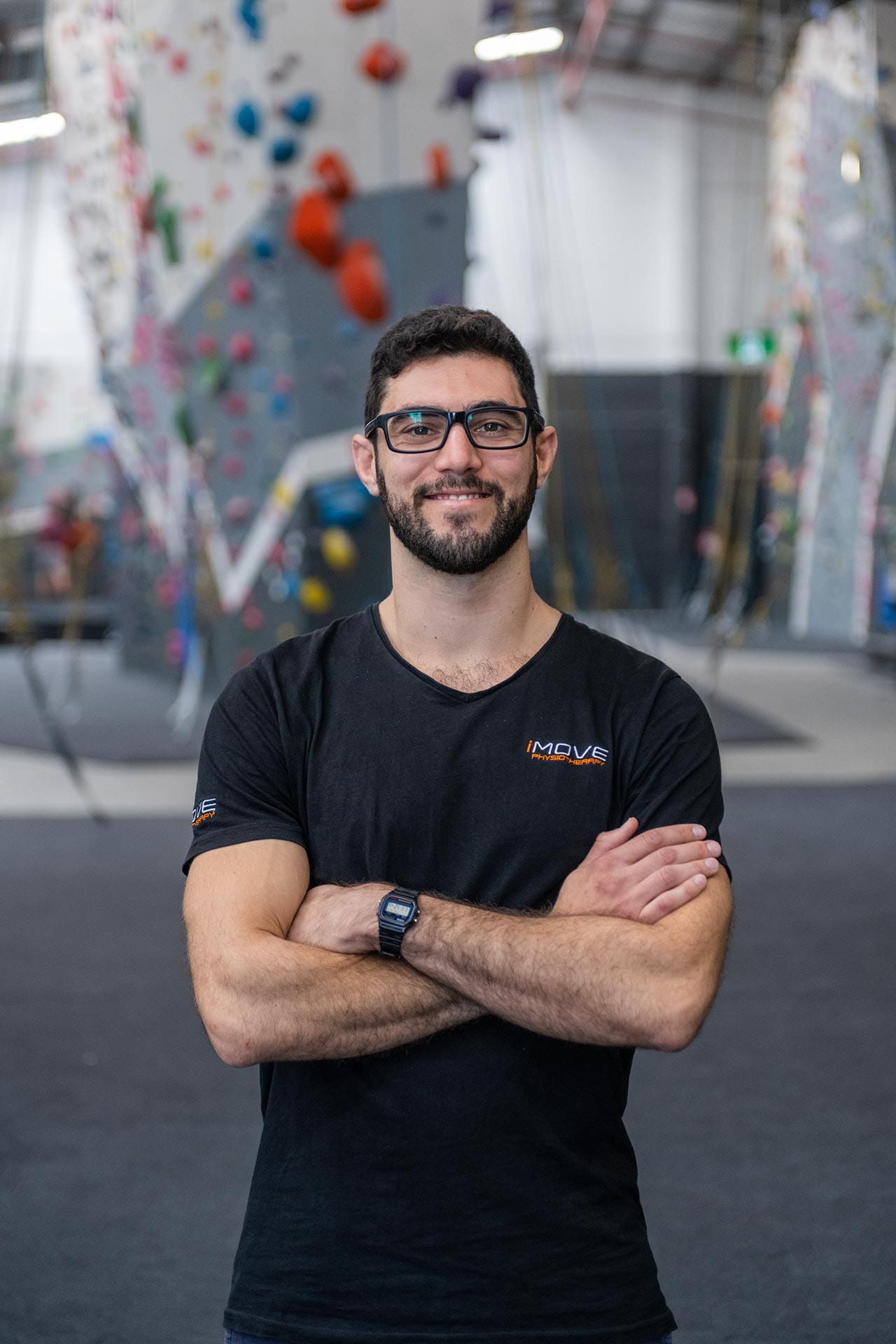
Josh Farbenblum - Miranda Physio
Josh is an experienced physiotherapist who enjoys working with shoulder, back and knee Injuries. He comes to us with extensive experience in prehab and rehab before and after surgeries. Clinically, Josh has also helped hundreds of people suffering from chronic and persistent pain.

At iMove Physiotherapy Miranda, we will help remove your pain, restore movement and prevent injury reoccurrence using proven 1 on 1 evidence-based treatment.
Our dedicated team of physios are 100% committed to getting you pain-free and enjoying life again. Find out why we are trusted by over 3,424 people living in and around the Sutherland Shire community.